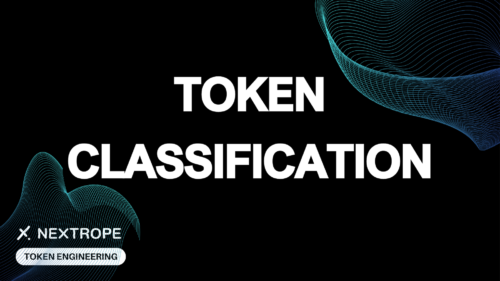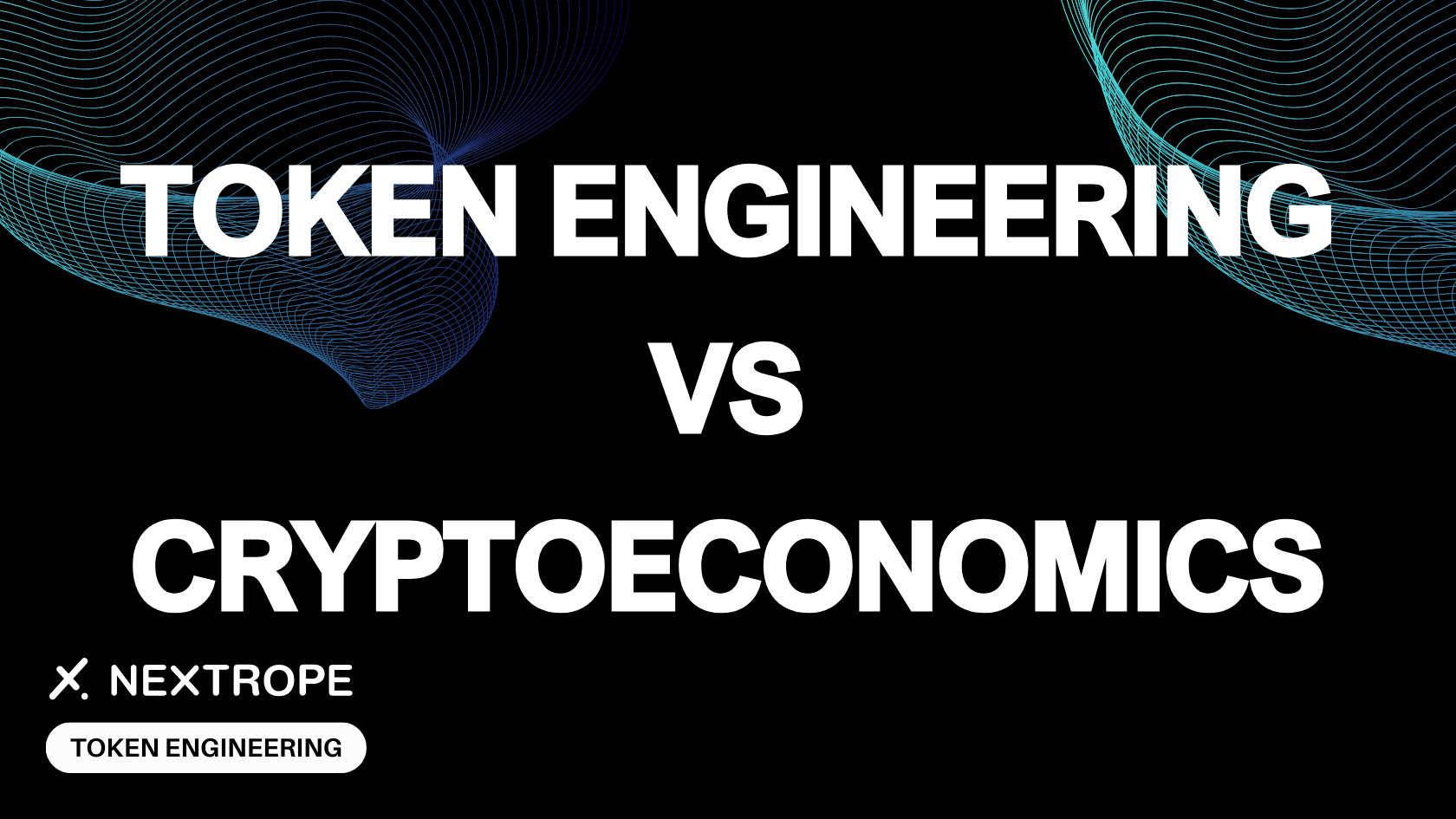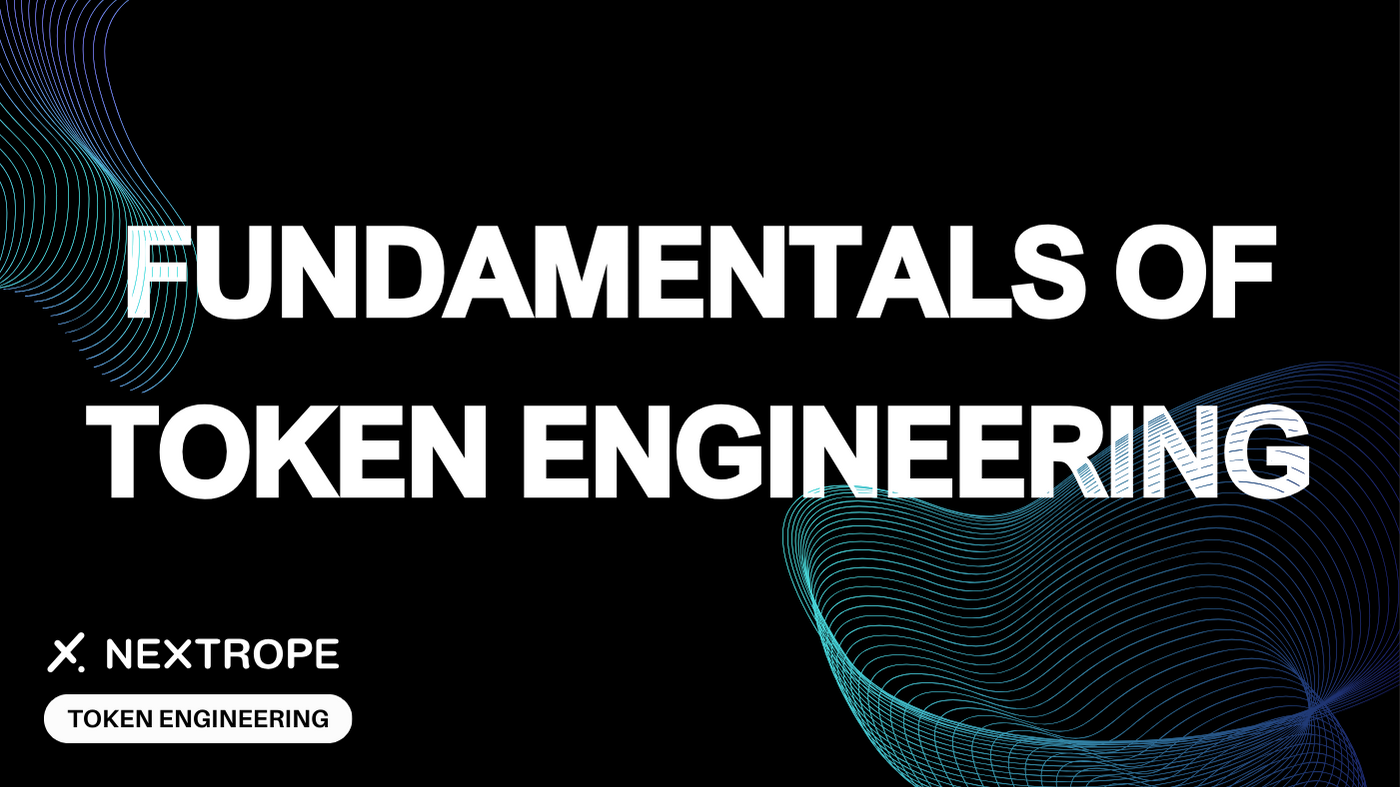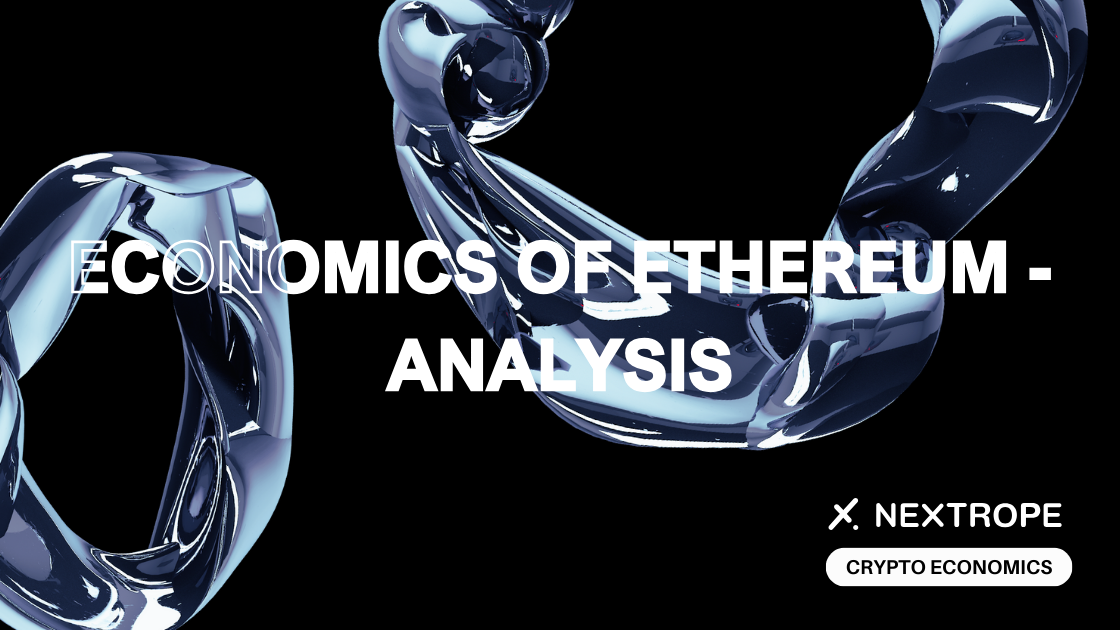Tokens, the lifeblood of blockchain ecosystems, are more than mere currency—they embody varying rights, functions, and roles. In this article, we demystify the complexities of token types, exploring how they differ and what makes each unique. Stay with us, as we dive into the intricacies of Token Classification!
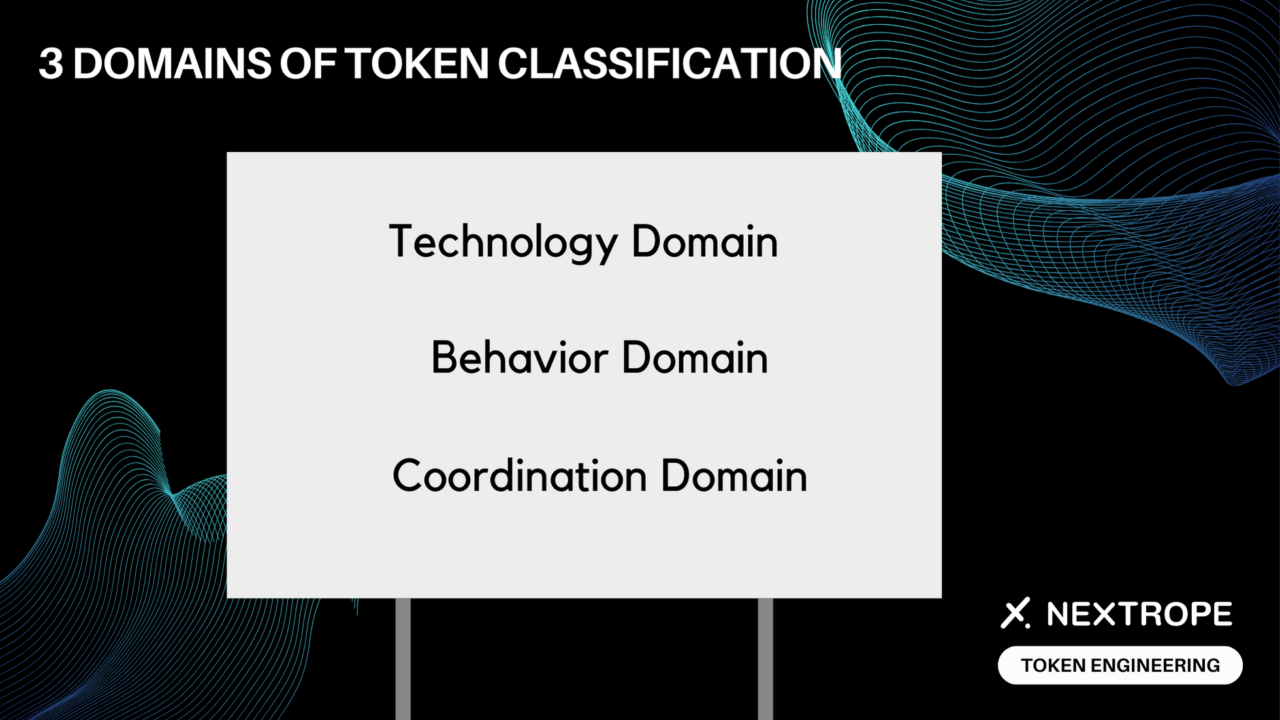
Technology Domain of Token Classification
The technology underpinning a token determines its potential and applicability in a blockchain ecosystem. Here's a closer look at the technical classification:
Chain Type
- Chain-Native Tokens: These are the foundational tokens of a blockchain, crucial for the network's operation and maintenance.
- Forked Chain Tokens: Born from divergences in consensus, these tokens represent the evolution and diversity within blockchain technology.
- Tokens Issued on Top of a Protocol: These tokens utilize existing blockchain infrastructures, showcasing the adaptability and expansiveness of digital assets.
Permission Levels
- Permissioned Blockchains: With controlled access, these blockchains offer a more regulated environment.
- Permissionless Blockchains: Open and decentralized, these blockchains champion freedom and inclusivity in network participation.
Number of Blockchains
- Single-Chain Tokens: Confined to one blockchain, these tokens often signify simplicity and stability.
- Cross-Chain Tokens: The bridgers of the blockchain world, they facilitate interoperability and connectivity among diverse networks.
Representation Type
- Common Representation: Uniform in their features, these tokens reflect the collective movement of the market.
- Unique Representation: Each token is distinct, carrying specific characteristics that set it apart from its peers.
Understanding these technical facets of tokens is crucial for stakeholders to navigate the blockchain landscape effectively. From developers shaping the next decentralized application to investors gauging the value of digital assets, recognizing these classifications is key when reading about blockchain technology.
Behavior Domain of Token Classification
Diving into the Behavior Domain, we uncover the functional characteristics that define the roles and uses of tokens within their ecosystems. This domain is pivotal because it dictates what you can do with a token and how it behaves independently of external factors.
Burnability
- Burnable: These tokens can be destroyed, often to manage supply and add scarcity.
- Non-Burnable: These tokens cannot be destroyed, providing a consistent supply.
Expirability
- Expirable: With a digital "shelf-life", these tokens can be programmed to expire.
- Non-Expirable: These tokens remain indefinitely, preserving their utility over time.
Spendability
- Spendable: These tokens can be used as a medium of exchange within their ecosystems.
- Non-Spendable: Often representative or for governance, these tokens aren't meant for transactions.
Fungibility
- Fungible: Interchangeable and identical in value, like traditional currency.
- Non-Fungible (NFTs): Unique and distinct, each with individual characteristics.
- Hybrid: Combining traits of both, with conditional fungibility.
Divisibility
- Fractional: These can be divided into smaller units, allowing for micro-transactions.
- Whole: Indivisible, these tokens maintain their value as a single unit.
- Singleton: Unique, one-of-a-kind tokens that cannot be replicated or divided.
Tradability
- Tradable: These tokens can be exchanged or sold.
- Non-Tradable: Tied to their owner, these tokens often relate to rights or memberships.
- Delegable: Ownership remains, but usage rights can be passed on.
The Behavior Domain is essential for understanding what actions a token can facilitate, whether it's trading, voting, or accessing a platform's features. This knowledge enables users to navigate the complexities of the blockchain space more confidently and make informed decisions about the tokens they interact with.
Coordination Domain of Token Classification
The Coordination Domain addresses how tokens incentivize and manage participant interactions within the ecosystem. This domain highlights the strategic elements designed to guide behaviors towards achieving collective goals.
Underlying Value
- Asset-based: Value tied to physical or digital assets.
- Network Value: Dependent on the ecosystem's activity and token utility.
- Share-like: Reflects equity-like characteristics and often faces regulatory scrutiny.
Supply Strategy
- Schedule-based: Tokens are released according to a predetermined plan.
- Pre-mined: Tokens are created all at once, with distribution occurring over time.
- Discretionary: Issuance at the issuer's discretion, often for unique assets.
- Matching demand: Supply adjusts in response to market demands.
Incentive Enablers
These are the token features that enable stakeholders to participate meaningfully in the ecosystem, including:
- Rights to work or use: Tokens provide access to network functionalities or services.
- Rights to vote: Tokens allow participation in governance decisions.
- Financial roles: Tokens can serve as units of account, mediums of exchange, or stores of value.
Incentive Drivers
Incentive Drivers motivate stakeholders to use tokens in ways that benefit the network and themselves. This can include:
- Access: Using tokens to engage with the network's offerings.
- Financial incentives: Earning potential through dividends, rewards, or appreciation.
- Governance: Influencing the ecosystem's evolution.
The Coordination Domain ultimately combines the token's economic and strategic designs to create a cohesive system that aligns individual actions with the broader objectives of the blockchain ecosystem.
Conclusion: The Multifaceted World of Token Classification
In our journey through token classification, we've unpacked the intricate layers that define tokens in the blockchain realm. From the foundational technology that undergirds their existence to the behaviors they exhibit and the strategic roles they play. Tokens are as varied as they are vital to the ecosystems they populate. Understanding these classifications is more than academic; it empowers participants to navigate, innovate, and invest with greater clarity and purpose. As blockchain technology continues to evolve, so too will the taxonomy of tokens. At Nextrope, we're not just observers but active participants and builders in this vibrant and ever-expanding digital landscape.
If you're looking to design a sustainable tokenomics model for your DeFi project, please reach out to contact@nextrope.com. Our team is ready to help you create a tokenomics structure that aligns with your project's long-term growth and market resilience.
source: https://www.sciencedirect.com/science/article/pii/S2096720922000094
FAQ
What are the main categories for token classification?
- Tokens are categorized based on technology, behavior, and coordination domains.
How to define Chain-Native Tokens?
- As foundational tokens crucial for a blockchain's operation.
What is the significance of Burnability in token classification?
- It indicates whether a token can be destroyed to manage supply.
 en
en  pl
pl 
